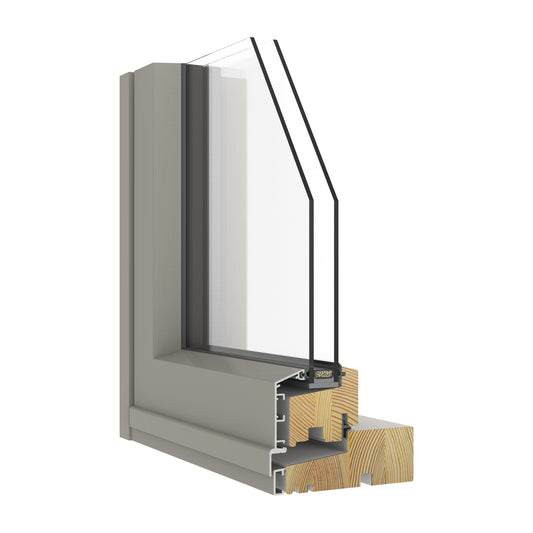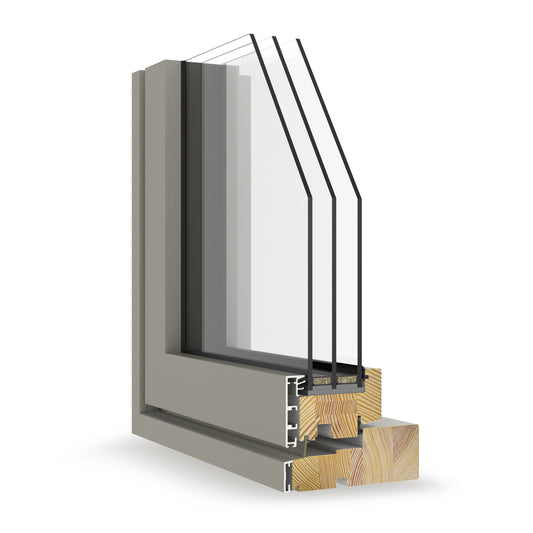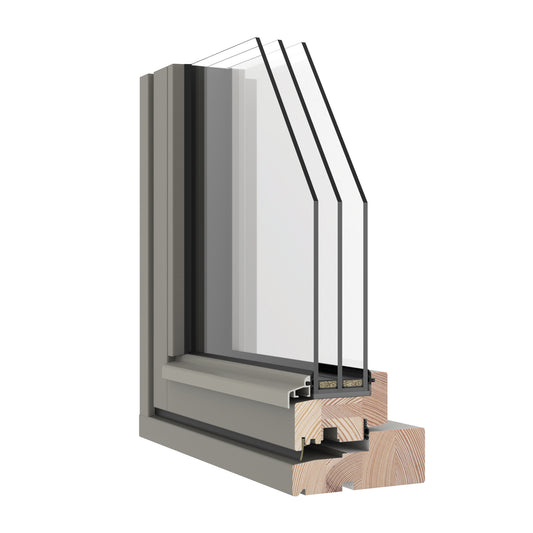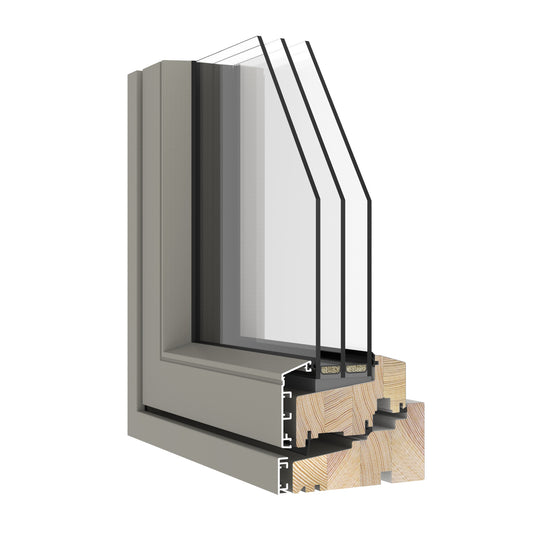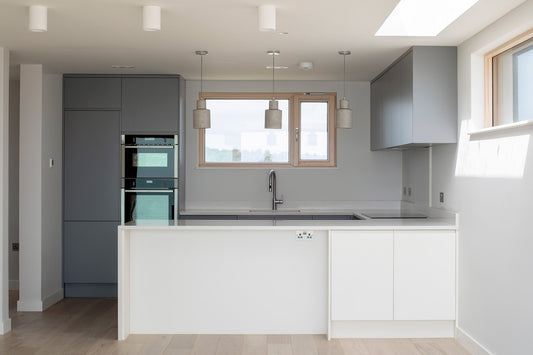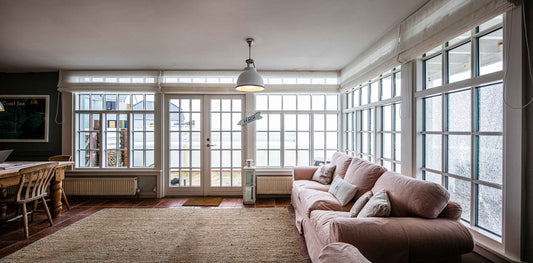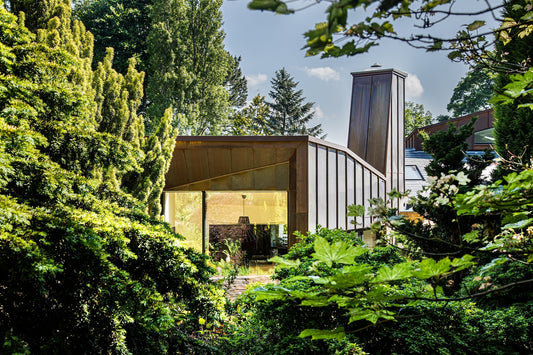Trickle Vents & Building Regulations Part F
Changes to the Part F Building Regulations include new regulations on ventilation requirements.
What are the changes?
- How do they affect requirements for trickle vents in your windows?
- What about if you're installing a form of mechanical ventilation?
- In this article, we explain the new regulations and answer your trickle vent FAQs.
When and why did the regulations change? What is Approved Document F?
The Government’s updated ‘Approved Documents’ to the 2010 Building Regulations were published in 2021 and came into effect from 15th June 2022. They focus on two areas:
- Updating best practices, component and building fabric regulations (for example, requiring lower U-values in building fabric in changes to Part L)
- Providing practical guidance on how to meet the building regulations in common building scenarios.
Each document provides guidance on each of the technical parts of the regulations. Part F covers ventilation requirements in UK buildings. The primary aim of the document is to ensure indoor air quality is maintained in our buildings. Changes required come after
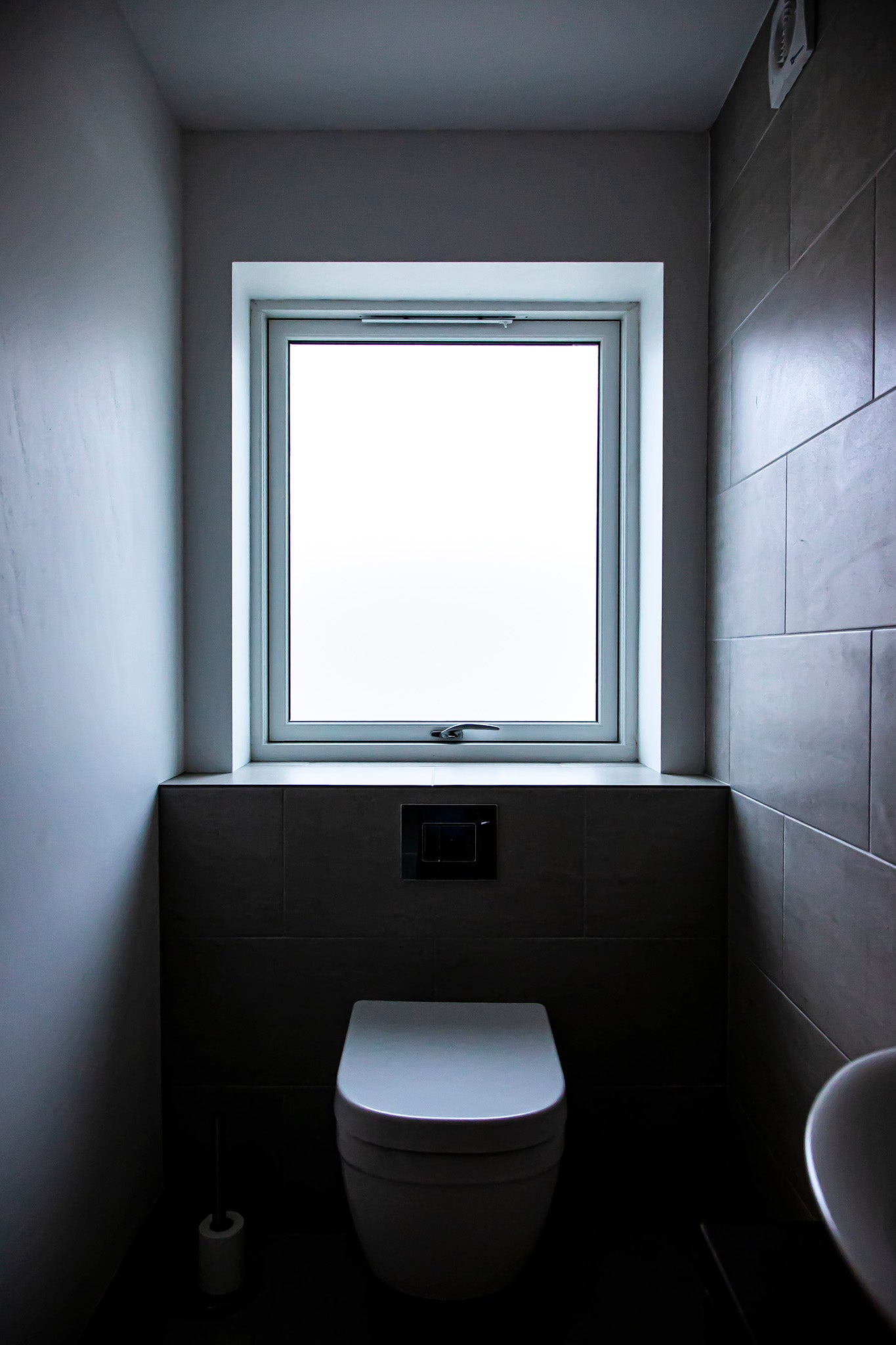
How are homes ventilated?
Buildings are ventilated in three primary ways.
Extraction ventilation
Extraction ventilation limits the spread of fumes, pollutants or vapours from one room to another in a building. Bathroom and kitchen extractor fans or air conditioning units are the most common domestic examples of this.Background ventilation provides a passive air supply.
Background ventilation
Background ventilation is the passive supply of external air into a room via ‘a small ventilation opening’. The idea is that fresh air is supplied even when the windows are closed and that there is ‘controllable whole building ventilation’. Background ventilation is provided by trickle vents or whole house ventilation systems.
Purge ventilation
Also sometimes called ‘rapid’ ventilation, purge ventilation is used intermittently to remove pollutants, smells or hot air from a room or the dwelling. It is usually achieved by simply opening a window or door - think of opening your windows to cool down a hot room in summer or to remove the smell and smoke of burnt toast.The new Part F requires a system for purge ventilation in every habitable room - either by openable windows and doors, or by means of a mechanical extract ventilation system (see below in this article). When windows are used for Purge ventilation, they should adhere to the minimum requirements in the table below.
Trickle vents: the basics
-
What are Trickle Vents?
Trickle vents are small slots fitted either to the head of the window frame (known as ‘slot vents’) or to the glazed area just below the top of the frame (known as ‘glazed-in’ vents) that let a measure of fresh air in from the outside.
They press-click open and shut, allowing you to control the background ventilation level in your home.
-
When should I open trickle vents?
Trickle vents should usually be left in the open position. If you’re planning to use any background ventilators with an automatic system, they should also have a manual override.
-
Where should trickle vents be placed?
All background ventilators should be placed at least 1700mm above floor level to avoid noticeable draughts, but they should be reachable. You can use any device that works to operate the vents.
-
Do trickle vents stop condensation?
Trickle vents provide a more ‘manageable’ quantity of fresh air than opening a window (especially in winter), are a useful way to prevent condensation build-up on a window and provide ventilation that doesn’t leave your home unsecure when you’re out.
-
Can trickle vents be fitted to existing windows?
In theory, yes. In practice, you are unlikely to find a window supplier who is happy to retrofit trickle vents, and the quality of installation can’t be guaranteed if you use a third party installer. It’s better to replace the whole window and specify trickle vents at the factory production stage, so you can guarantee the product quality.
-
What are the new regulations on Trickle Vents?
The new Part F requires all homes to meet minimum requirements for Background ventilation through either mechanical ventilation with heat recovery (MVHR) or background ventilators (trickle vents). Requirements for MVHR are measured by whole-dwelling ventilation rates in litres per second and are discussed at the bottom of this article. Trickle vent requirements are measured in 'Equivalent Area'.
-
What is Equivalent Area?
Equivalent Area is a measure of the aerodynamic performance of a ventilator. Modern ventilator designs include baffles and other elements that limit the air flow, so the actual area is not an accurate measure of true ventilation capacity. Equivalent area takes this into account - it’s how much air can actually pass through the ventilator, given these limiting factors.
Do I need trickle vents?
Here's a flow chart with some simple rules of thumb for trickle vents from the new regulations. Read on for more detailed guidance for each specific scenario.
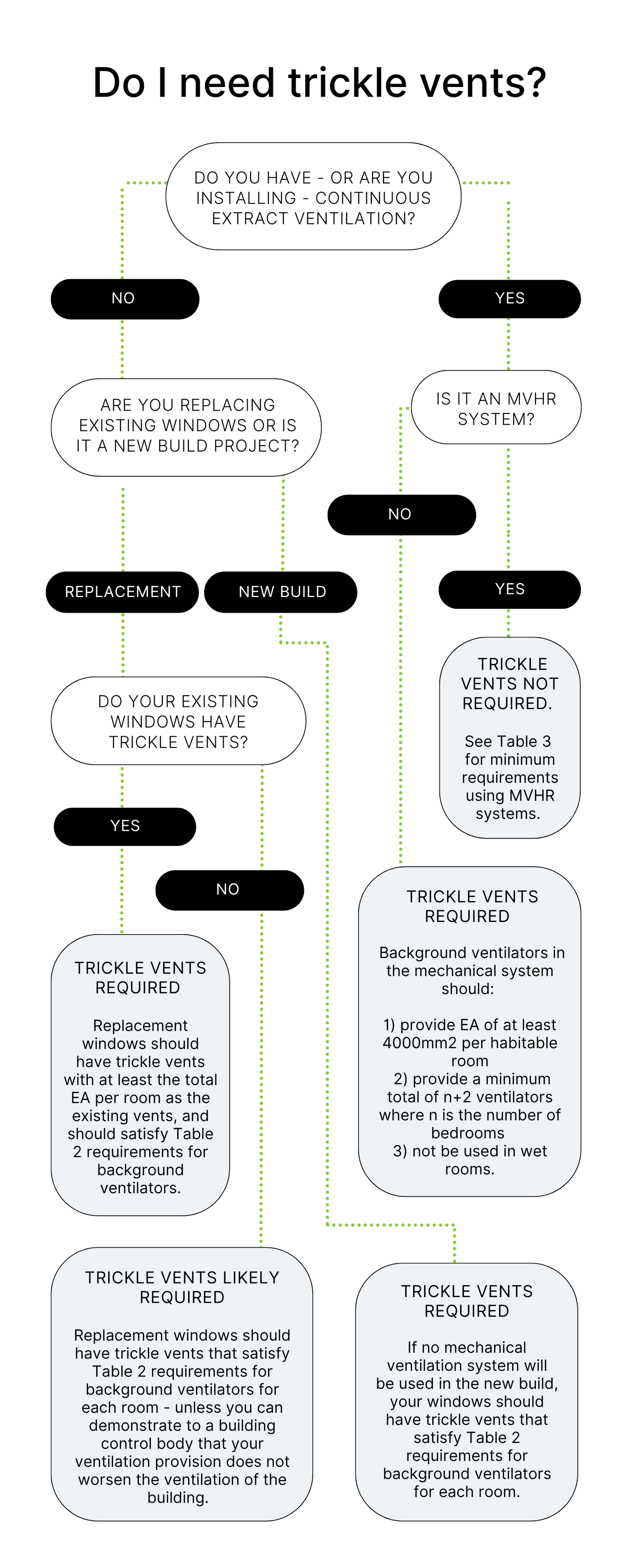
I'm replacing my windows, do I need trickle vents?
Previously, Part F did not require trickle vents in replacement windows where the former window did not have them. That has now changed.
Wherever work is carried out to a home that could affect its ventilation provision, minimum Equivalent Area requirements must be met regardless of whether the existing window had a trickle vent or not.
Existing windows with background ventilators
If your existing windows have background ventilators and you’re not installing MVHR, the replacement windows should include background ventilators.
The new background ventilators should comply with both of the following conditions.
- They shouldn’t be smaller than the background ventilators in the original window and the ventilation provision should not be worse than before the window was replaced.
- They should be controllable either automatically or by the occupant.
Not sure what the existing ventilation capacity is? Use Table 2 below as a guide to ventilation Equivalent Area requirements in the replacement windows.
Replacement windows should have trickle vents in most cases, unless MVHR is installed
Existing windows without background ventilators
Including trickle vents in every new window is not mandatory - but you are pretty likely to need them - unless you’re installing MVHR.Why? As mentioned earlier, replacing your windows is likely to make your home more airtight. If you’re not installing an MVHR system, then increased airtightness will reduce (beneficial) ventilation in your home. The building regulations require ventilation to be no worse than it was before the work was carried out and to meet EA requirements. This can be demonstrated in any of the following ways:
- Installing replacement windows with trickle vents that satisfy requirements in Table 2
- If the dwelling will have continuous mechanical extract ventilation, installing background ventilators according to requirements at the bottom of Table 2.
- Other ventilation provisions, if it can be demonstrated to a building control body that they comply with the Building Regulations for a whole dwelling via a combination of extract, whole dwelling and purge ventilation and do not worsen the ventilation of the building.
In practice, these EA requirements are likely to be more demanding than your existing ventilation provision, so you may end up needing to add trickle vents to openings that didn’t previously have them in order to meet minimum requirements.
Inspiration for your project
GALLERY
Which windows are right for you?
Take our short survey to discover the perfect windows for your project.
Your Questions Answered
Have a question? You're not alone. We've answered some of the most common questions about Trickle Vents below, drawing from years of expertise helping homeowners and professionals achieve their vision.
Collapsible content
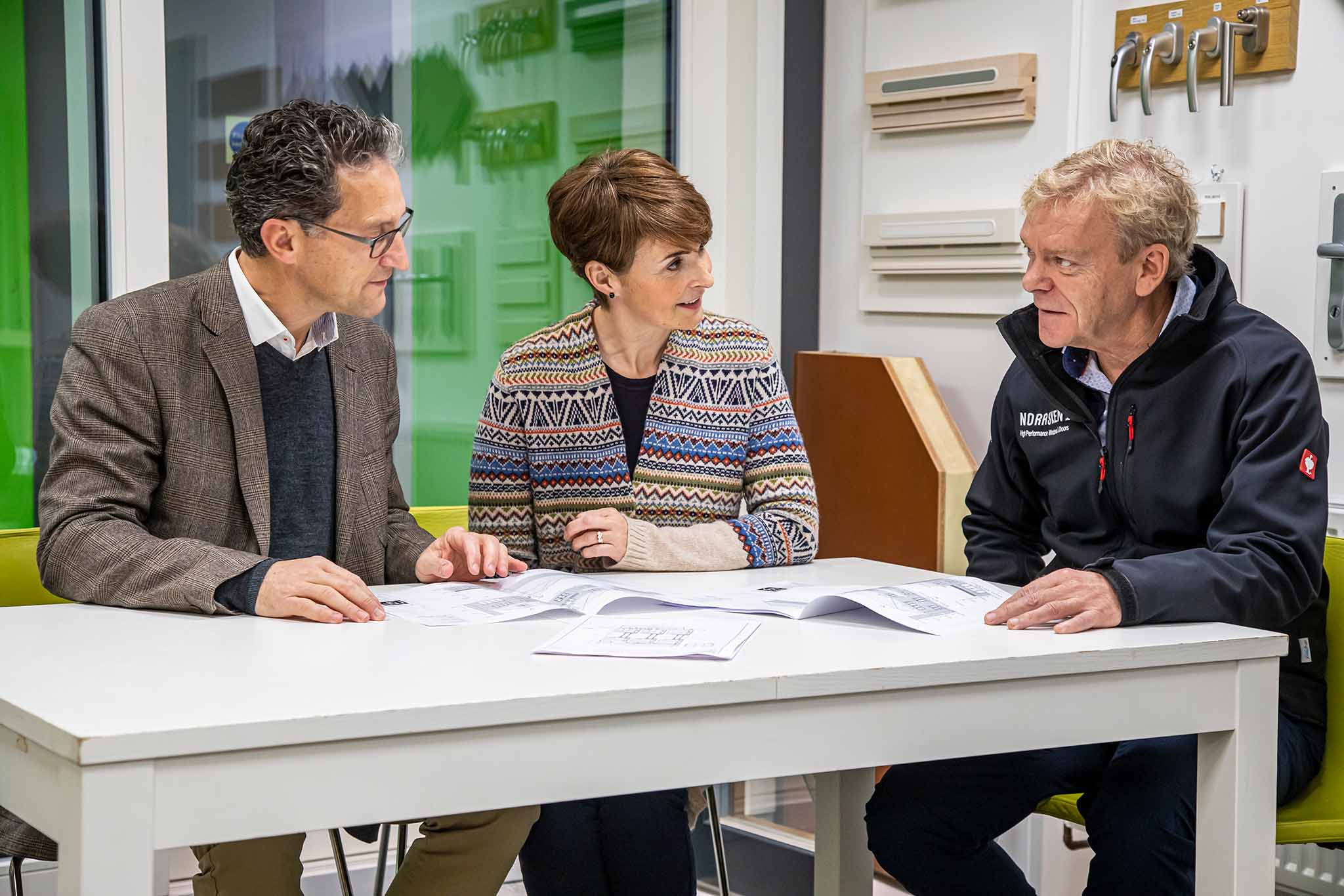
How many Trickle Vents do I need?
The total number of ventilators installed in the dwelling’s habitable rooms and kitchens should be at least the following.
- Four ventilators if the dwelling has one bedroom.
- Five ventilators if the dwelling has more than one bedroom.
The minimum total area of background ventilators in each room should follow the guidance in the Table 2. This guidance has a few exceptions: Where a kitchen and living room are open plan, at least three ventilators of the same equivalent area as for other habitable rooms should be provided within the open-plan space.If the dwelling has 70% or more of its openings on the same facade, or its kitchen has no windows or external facade through which a trickle vent can be installed, Table 2 doesn’t apply. You should seek expert guidance.
This guidance has a few exceptions: Where a kitchen and living room are open plan, at least three ventilators of the same equivalent area as for other habitable rooms should be provided within the open-plan space.If the dwelling has 70% or more of its openings on the same facade, or its kitchen has no windows or external facade through which a trickle vent can be installed, Table 2 doesn’t apply. You should seek expert guidance.
Installing a form of continuous extract ventilation, do I still need Trickle Vents?
Continuous extract ventilation describes several different types of ventilation system.
Including mechanical extract ventilation (MEV), Mechanical ventilation with Heat Recovery (MVHR) and Positive Input Ventilation (PIV).Most continuous extract ventilation systems remove humidity and waste air, but don’t supply fresh air, so trickle vents are still needed. A notable exception to this is MVHR.
Mechanical extract ventilation (MEV)
Trickle vents are necessary if you have or are planning on installing a continuous mechanical extract ventilation system.This system could consist of one of a central extract system, individual room extract fans, or a mixture of both. A typical example of MEV is where humid air is extracted from wet rooms via ductwork through a central extract fan in the roof. Where continuous mechanical extract ventilation is used, background ventilators should satisfy conditions at the bottom of Table 2.
Mechanical Ventilation with Heat Recovery (MVHR)
MVHR is a form of CEV that continuously supplies outdoor air to the inside of the dwelling and continuously extracts indoor air and discharges it to the outside, passing the incoming air through a heat exchanger on the way.
Passive Houses, which use MVHR systems, do not require trickle vents.
When do I not need Trickle Vents?
No trickle vents should be installed if you have or are installing an MVHR system to avoid unintended air pathways.
If you’re using MVHR, each habitable room should have mechanical supply ventilation, with the air supply proportional to the size of the room.
Whole dwelling minimum ventilation rate is measured in litres per second, and is determined by the number of bedrooms.
The minimum whole-dwelling ventilation rate for the supply of air to the habitable rooms in a dwelling should:
- Flow at a minimum rate of 0.3 litres per second per m2 of internal floor area (this includes all floors, e.g. for a two-storey building, add the ground-floor and first-floor areas).
- Satisfy minimum ventilation rates in Table 3 below.
Trickle Vents vs. MVHR: a summary

Trickle vents will compromise the energy efficiency of your home to some degree - it’s a natural consequence of reducing the home’s airtightness.
MVHR’s heat exchange technology preserves about 90% of the heat in waste air, meaning you get near-room temperature fresh air, year round. MVHR saves much more energy than any other ventilation system.
At Norrsken we’re passionate about energy efficiency - so we’re big advocates of MVHR. We recommend it wherever we can to our customers, so they can get the full benefits of their thermally efficient, triple glazed windows and doors without compromising ventilation and their health.
Unmistakably trusted.
The highest compliment is a recommendation. These are the voices of those who placed their trust in us.
Our Best Selling Windows
-
Outward Opening Alu-Clad Window (P11A)
Regular price £0.01 GBPRegular priceUnit price per -
Outward Opening Alu-Clad Window (P31A)
Regular price £0.01 GBPRegular priceUnit price per -
Outward Opening Timber Window (P31T)
Regular price £0.01 GBPRegular priceUnit price per -
Outward Opening Alu-Clad Window (P41A)
Regular price £0.01 GBPRegular priceUnit price per


